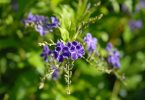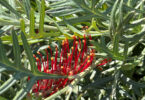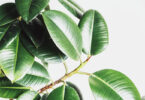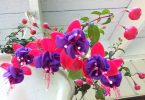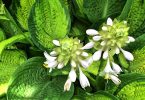I did a post on Rondelitia recently and it got me thinking about plants that come in and out of fashion. These plants seemed to be everywhere during the 1970s and 1980s and growing up, if you didn’t have one, one of your neighbours did. You don’t seem to see them planted in home gardens anymore (at least not where I live in Sydney).
I’m sure some readers may disagree with this list and I guarantee there are many other plants that could have been added. These are just the ones that came to mind from when I was young. They’re good plants (for the most part), they’re just not one of the cool kids anymore apparently.
1. Streptosolen jamesonii – Marmalade Bush
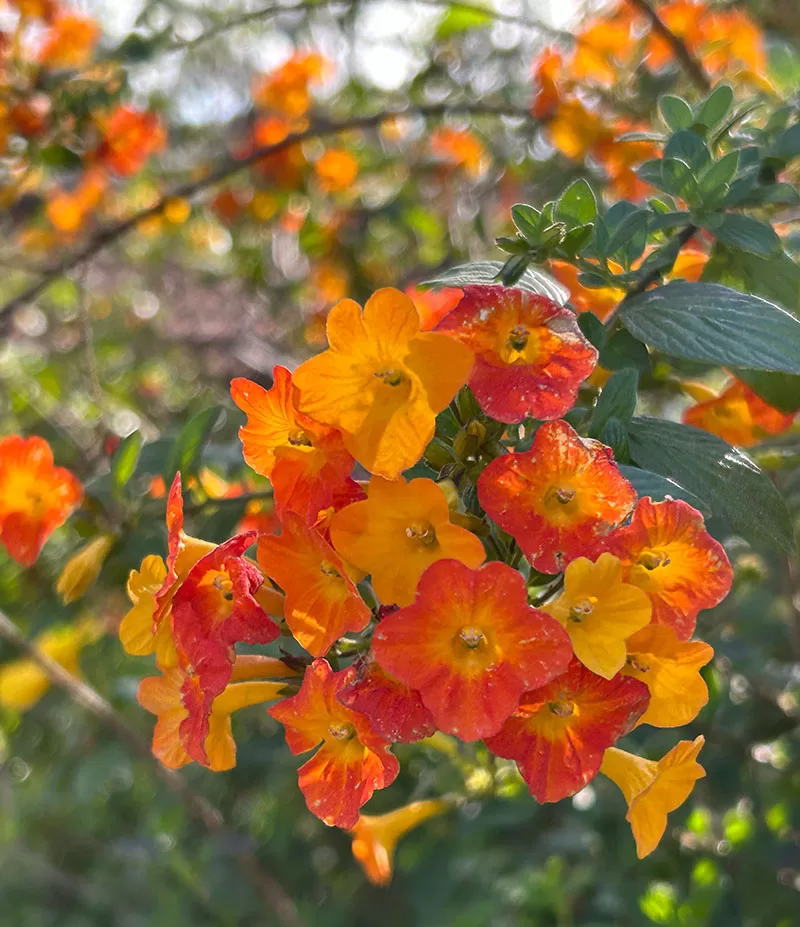
Also called Orange Browallia, the Marmalade Bush is an evergreen, sprawling shrub originating from Columbia and Peru.
An abundance of bright orange, trumpet-shaped flowers sit amongst attractive dark green foliage from Winter and throughout Spring. It grows to around 2m in height and prefers a sub-tropical to tropical climate.
When it comes to why the Marmalade Bush stopped being planted, I’ve got nothing.
2. Nandina domestica – Sacred Bamboo
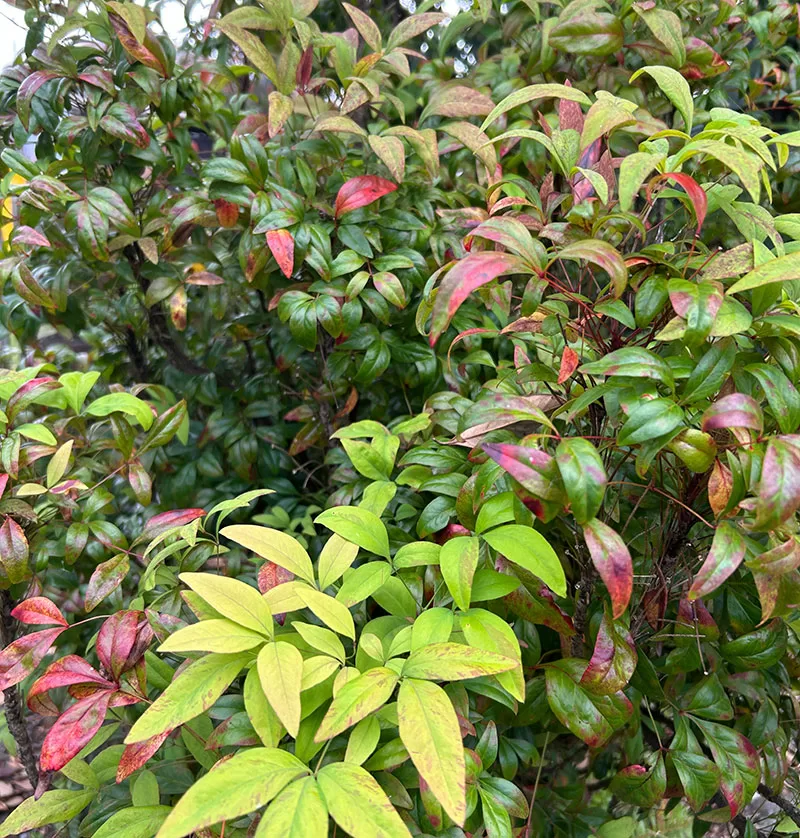
An evergreen shrub that grows to around 1.5m in height, Sacred Bamboo produces small, white flowers in Summer followed by red berries. The foliage turns bright red when exposed to full sun.
It’s a hardy plant and can quite often be seen on median strips, public spaces and used as roadside plantings. Maybe this explains their fall from grace?
3. Cuphea ignea – Cigar Flower
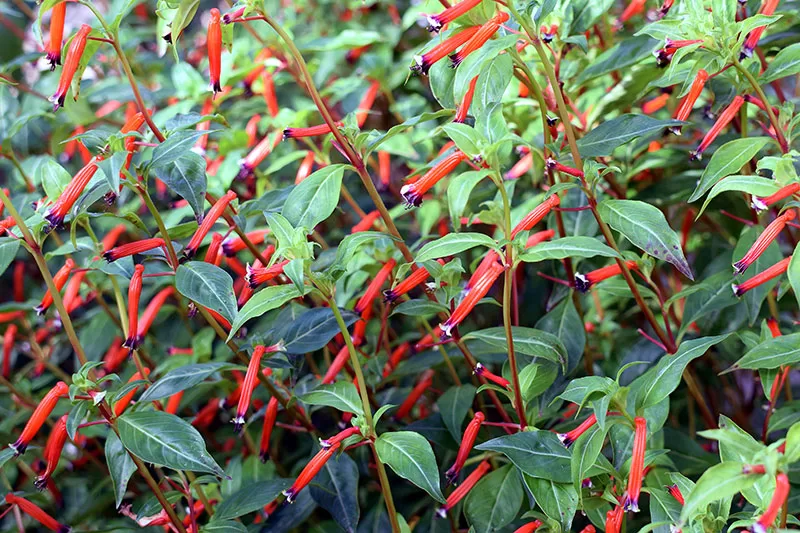
The Cigar Plant, also known as the Firecracker Plant or Mexican Cigar Plant, originates from Mexico and tropical America. It grows to around 1m in height and produces bright red flowers that have a white mouth and a purplish ring at the end. These appear all year round but are most prolific during Summer to late Autumn.
My experience has been that they can get a bit straggly if left to their own devices. Seeds spread and germinate quickly and easily too. Perhaps this explains their demise?
4. Ophiopogon sp. – Dwarf Mondo Grass
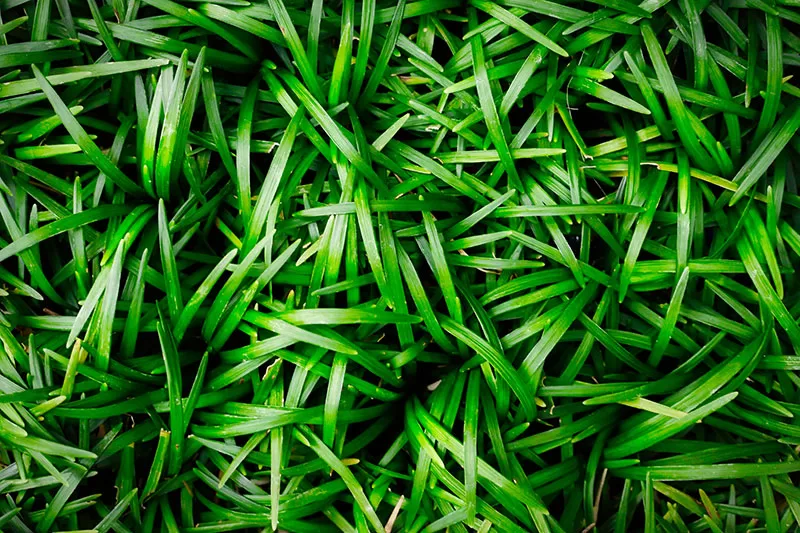
Also commonly known as Lily Turf, Mondo Grass is a low growing, evergreen perennial that has a glossy green, grassy appearance. It grows to around 10cm in height and is quite often used as a ground cover or alternative to turf.
During the 1990s and early 2000s when I worked in a nursery on the Central Coast, we could not get enough Mondo Grass. Everyone wanted it for borders beside pathways, usually in their formal style garden. Somewhere along the way, Mondo slipped everyone’s mind.
5. Rondeletia amoena – Rondeletia
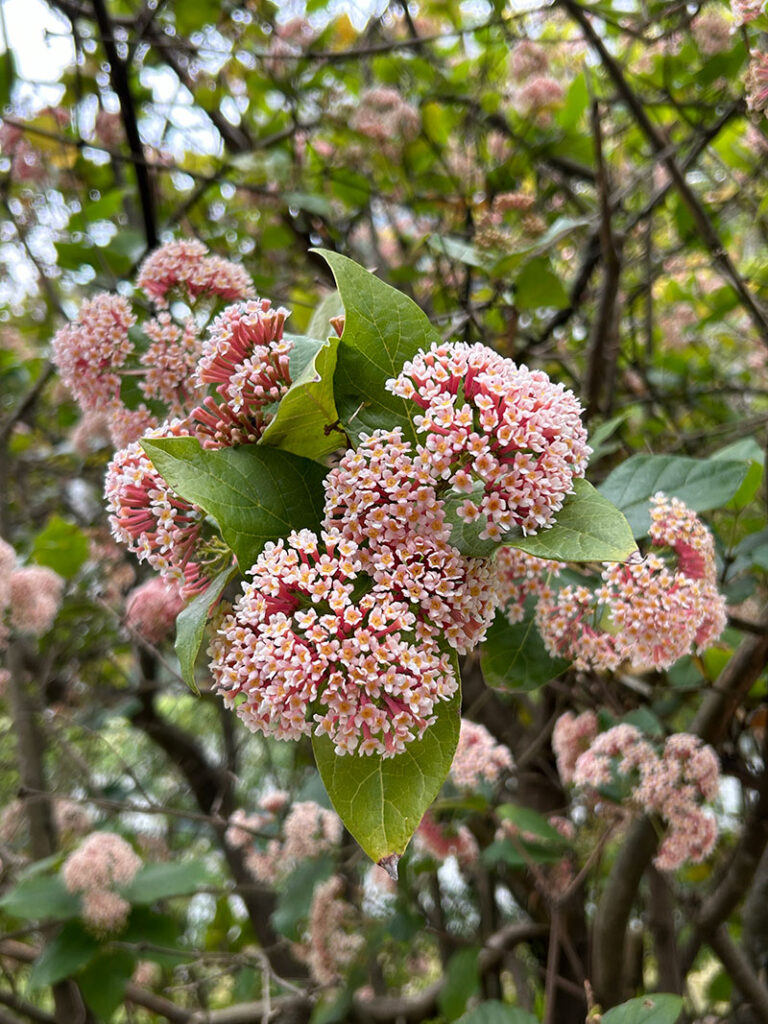
Rondeletia is a hardy, evergreen shrub originating from Guatamala and Mexico.
The leaves are dark green and display quite prominent veins. It produces clusters of soft pink, perfumed flowers at the ends of its branches in Spring and early Summer. These are highly attractive to birds and butterflies.
I’m at a loss as to why we don’t see Rondeletia around anymore.
6. Syagrus romanzoffiana – Cocos Palm
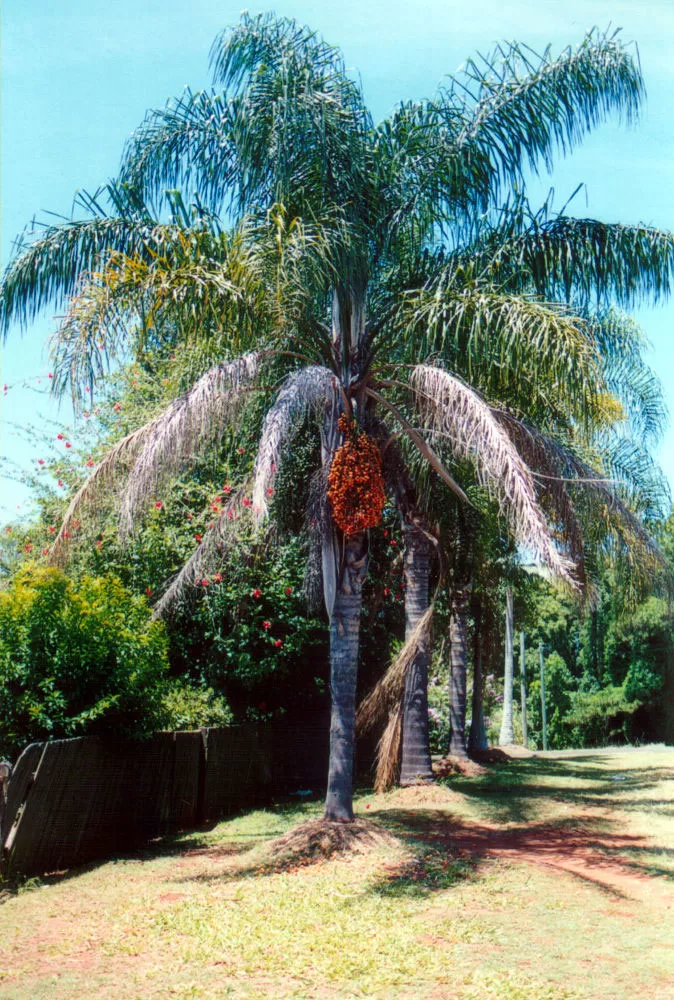
This list would not be complete without the infamous Cocos Palm. Also known as the Queen Palm, the long drooping fronds sit above a slim greyish brown trunk. It can grow to 15m in height and prefers full sun in tropical climates.
The Cocos Palm went through a period where everyone was planting them in home gardens, regardless of whether they were suitable for the climate or whether they complimented the surrounding plants and house. They got a bad rap, became somewhat of a cliche and as a result, rarely seem to be planted anymore.
7. Spiraea sp. – May Bush
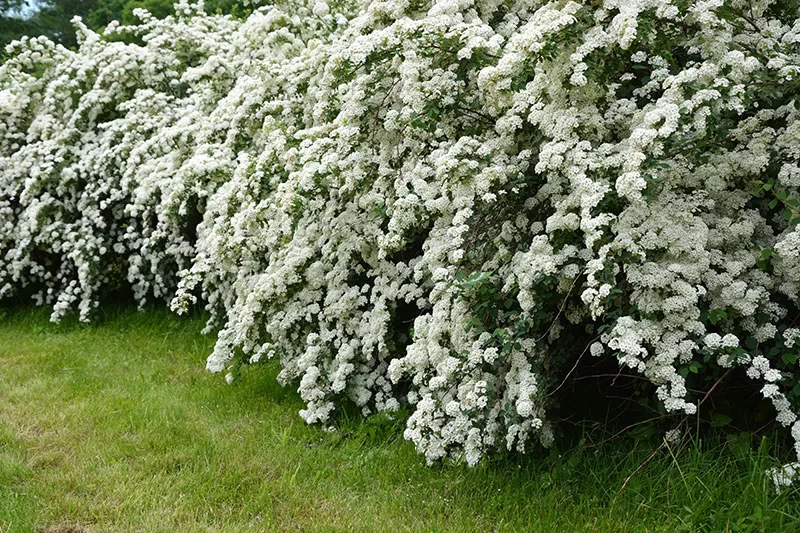
Spiraea is a group of deciduous shrubs that produces a showy white or pink floral display in Spring and Summer. They range in size and if left unpruned, the canes form a bushy, drooping habit.
At some point, I was told that the May Bush was bad luck. I have no idea where this originated from or why. Was anyone else told this? If so, maybe that’s why we don’t see them planted much anymore.
8. Geranium
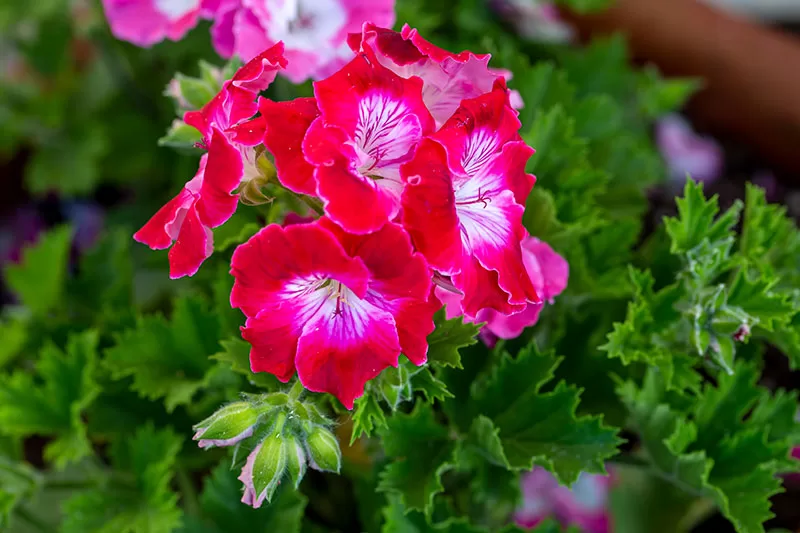
Geranium and Pelargonium species are generally referred to as Geraniums. They are easily grown perennials, flowering in Spring and Summer in a multitude of colours including white, pink, red, purple and magenta.
The leaves come in a variety of shapes including circular, lobed, scalloped and ‘frilly’ and are highly aromatic. You do still see Geraniums around, usually in pots but they don’t seem to be planted in the numbers they once were.
9. Portulacaria afra – Jade Plant
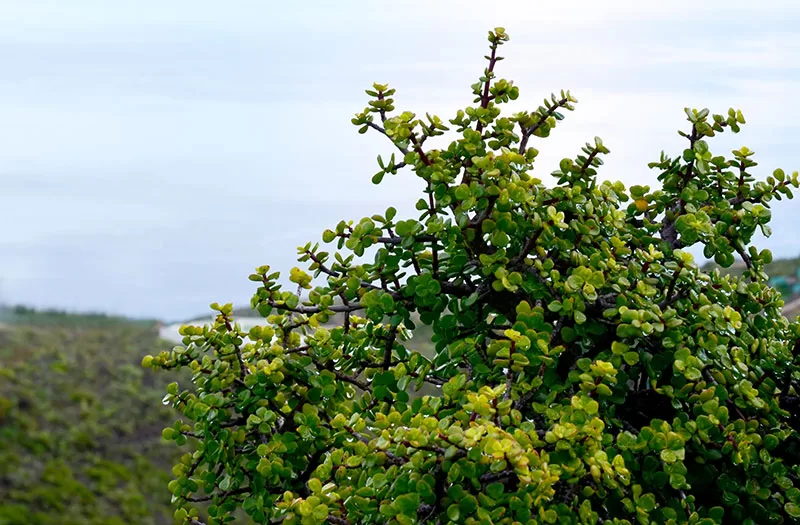
Originating from South Africa, the Jade Plant is a well known shrub which has round, thick, fleshy leaves. It grows to around 2m in height and and will tolerate poor conditions and neglect. On occasion, if conditions are ideal, it produces salmon pink flowers that cover the plant.
Unlike the May Bush above, the Jade Plant is associated with good luck. You would quite often see them planted near the front door in the hope good fortune would occur.
Why these shrubs aren’t planted in the same numbers they once were, I do not know.
10. Coleonema sp. – Diosma
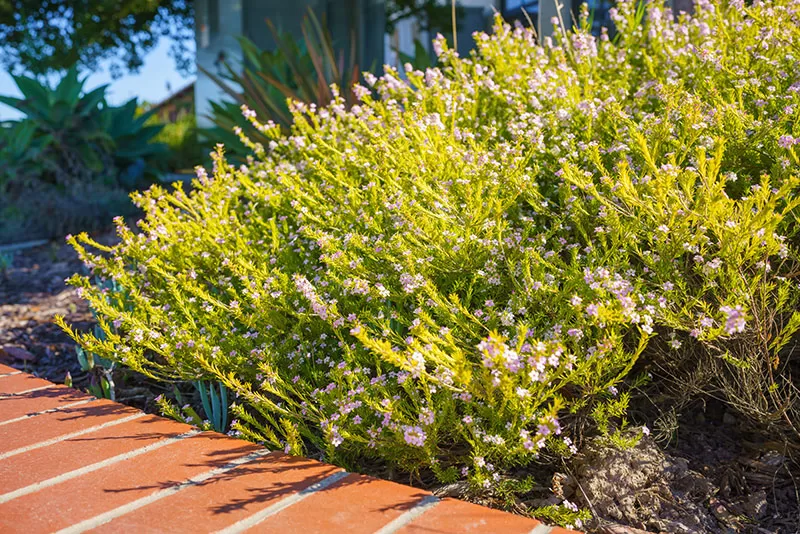
Diosma grows to around 1m in height, displaying long slender branches with short, needle-like leaves. In Winter and Spring it is covered in small, pink star-shaped flowers which are highly fragrant.
There are several cultivars available including a compact dwarf form and a yellow foliaged form. In my opinion, Diosma seems to have a tendency to die off in large sections and become quite ‘ratty’ which could be the reason why they are given a miss. The fragrance isn’t for everyone either.
What are your thoughts? Are there plants included here that don’t belong? How about plants that should have made the list? I’d love to hear your comments below.

